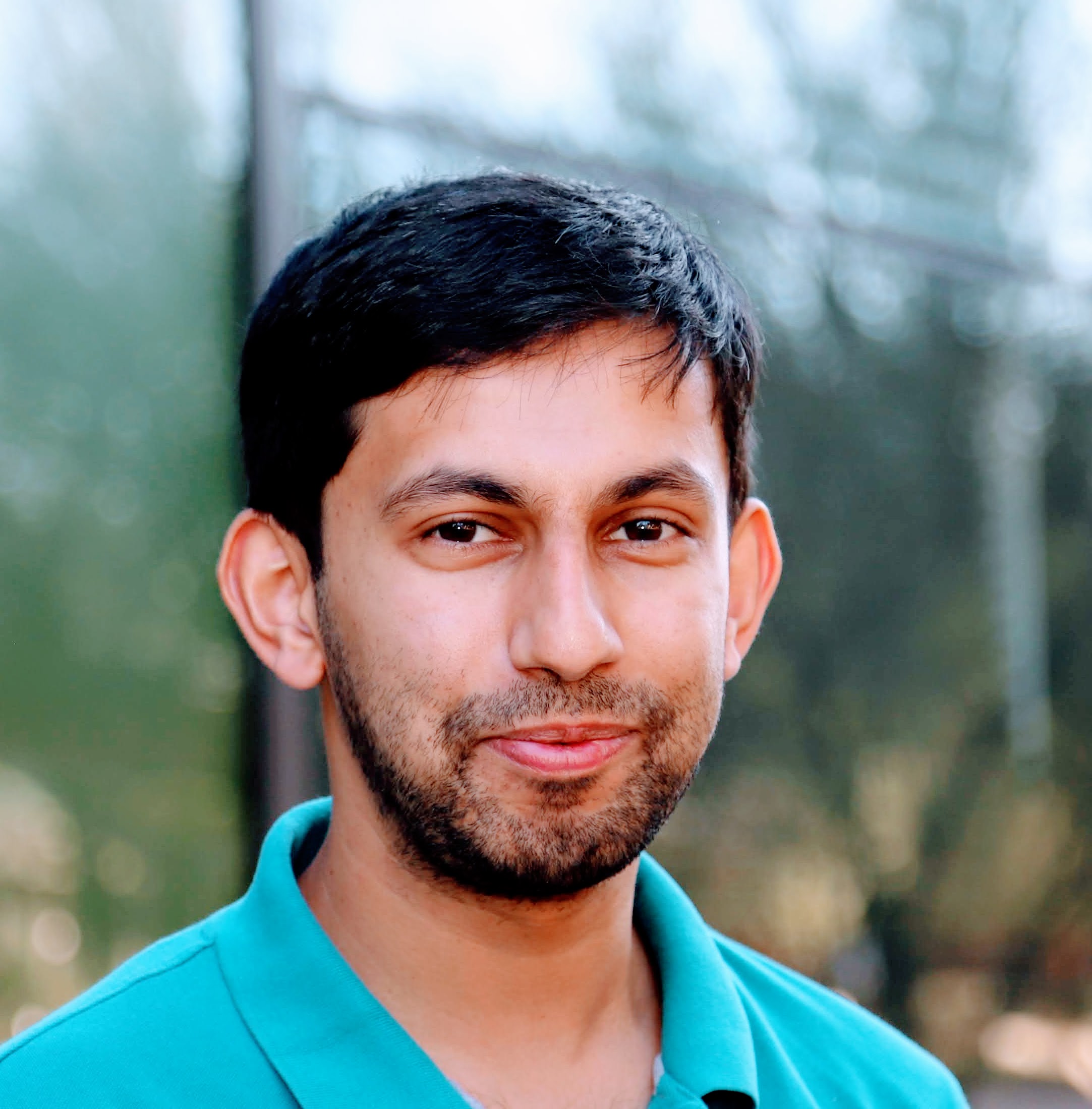I am a research scientist at IBM Quantum. I was previously an IQIM postdoctoral scholar at the Institute for Quantum Information and Matter, California Institute of Technology. I got my Ph.D. in physics in 2021 from the University of Maryland, where I was fortunate to have been advised by Alexey Gorshkov and Bill Fefferman and I greatly enjoyed being a part of QuICS. Prior to that, I was at the Indian Institute of Technology, Kanpur for a combined bachelor’s and master’s in physics.
Interests
My primary interest lies in delineating the surprisingly subtle boundary between classical and quantum complexity, i.e. identifying the “secret sauce” behind quantum advantage.
To establish these boundaries, I like thinking about quantum complexity theory, classical simulation of quantum systems, and quantum algorithms.
Timescales in many-body Hamiltonians
Physical many-body systems and Hamiltonian dynamics are a testbed for understanding how quantum information spreads. I have worked on bounds that describe how entanglement and correlations propagate in systems with long-range or disordered interactions, and on identifying the timescale beyond which quantum dynamics can no longer be effectively captured by classical methods. This line of work sits between condensed-matter physics and quantum information, framing this “complexity timescale” as a physical quantity comparable to (but distinct from) the timescales for scrambling, entanglement generation, and equilibration.
Structural features of quantum complexity
I study when quantum systems become classically intractable to simulate. My work has identified complexity phase transitions, which are sharp boundaries between efficiently simulable and provably hard regimes, and examines how specific physical assumptions such as noise, locality, disorder, or a spectral gap, determine whether a system admits a classical description. Broadly, I am essentially interested in linking physical properties to computational behaviour.
I am also interested in the proof techniques behind these results and their limitations. A favourite factoid of mine: counterintuitively, quantum randomness is a bit more constrained than classical randomness when it comes to “externalising” it. This constraint is sometimes what lets quantum computers solve problems that would otherwise cause trigger complexity collapses on the classical side.
Computational power of open quantum systems
My research examines how noise, dissipation, and measurement affect quantum dynamics and computational power. My work spans noisy circuits, dissipative Lindbladians, and measurement-induced transitions, with a focus on understanding the complexity landscape of open quantum systems. I have also studied the behaviour of quantum advantage benchmarks in the presence of noise.
These days, I am excited by the new families of detailed-balanced Lindbladians and their ability to prepare Gibbs states and ground states. I also am excited by dynamic circuits (circuits with intermediate measurements and feedforward operations), which we recently found can help alleviate barren plateaus in variational quantum algorithms.
Publications
You can find my publications on Google Scholar, arXiv, or on ORCID. They are also listed here in reverse chronological order.
